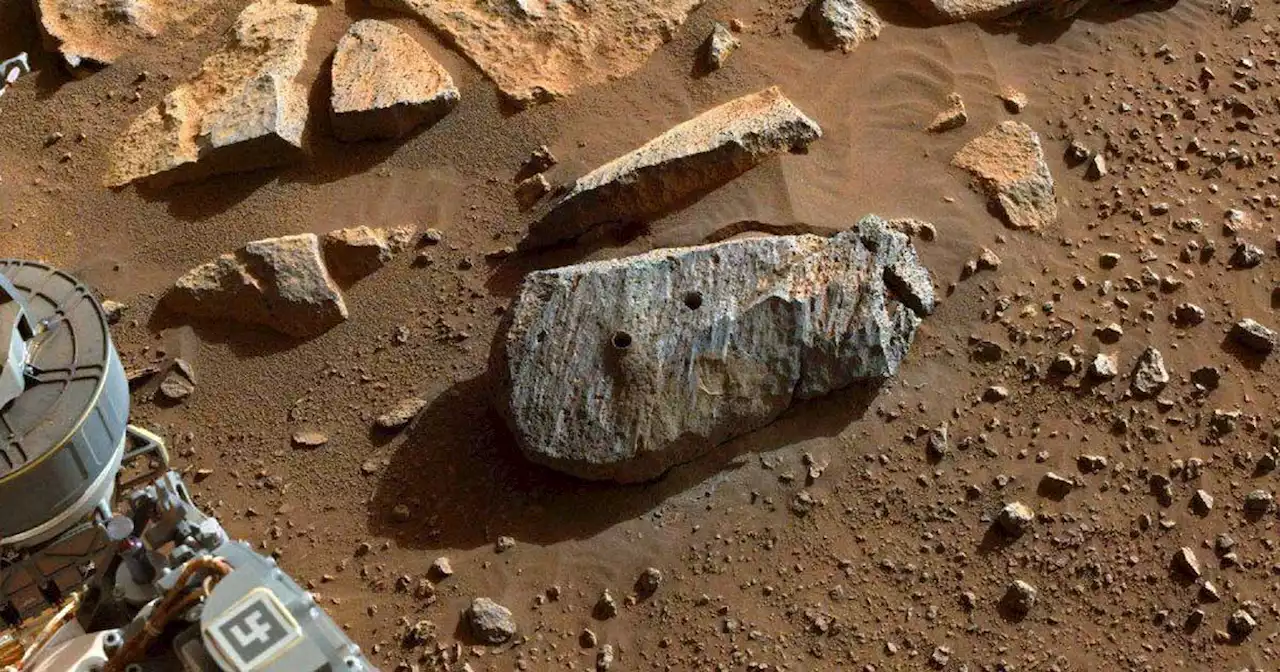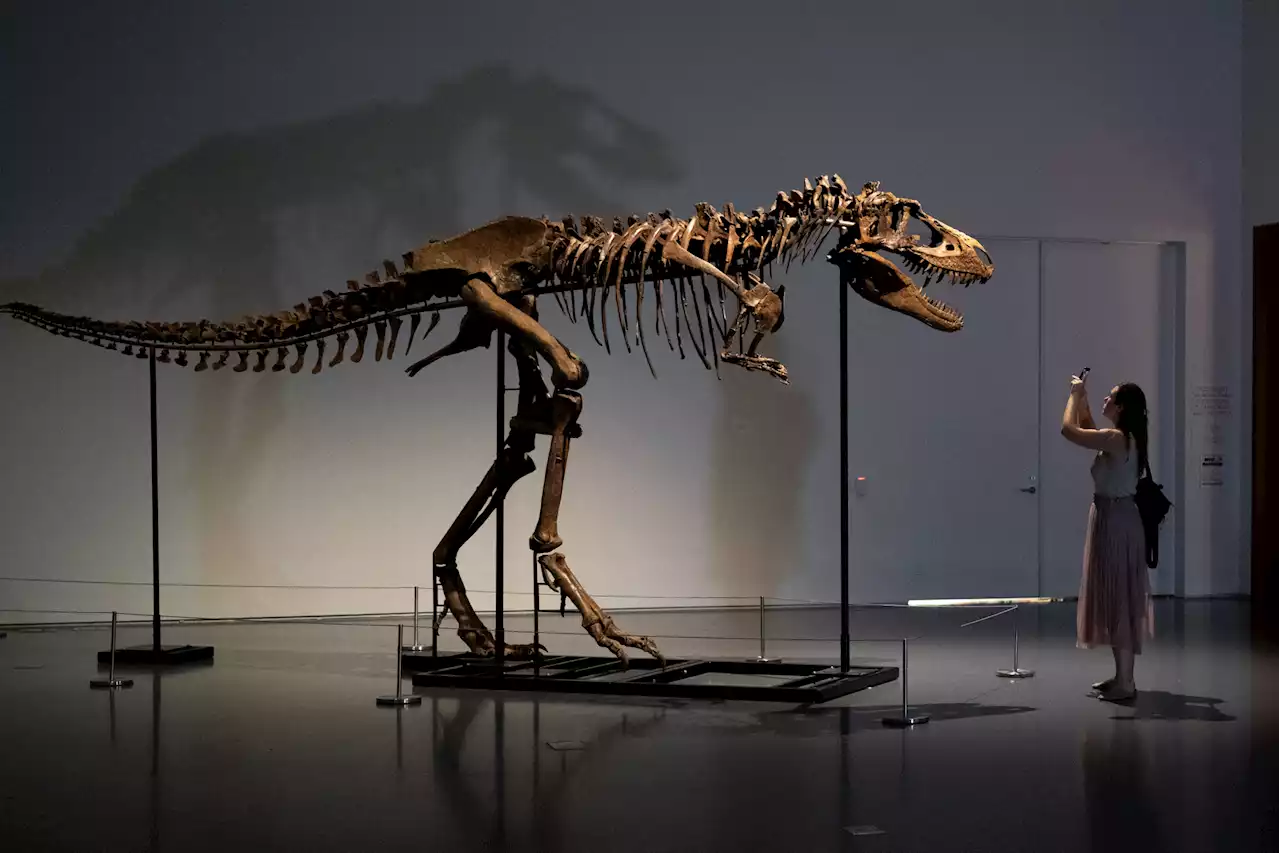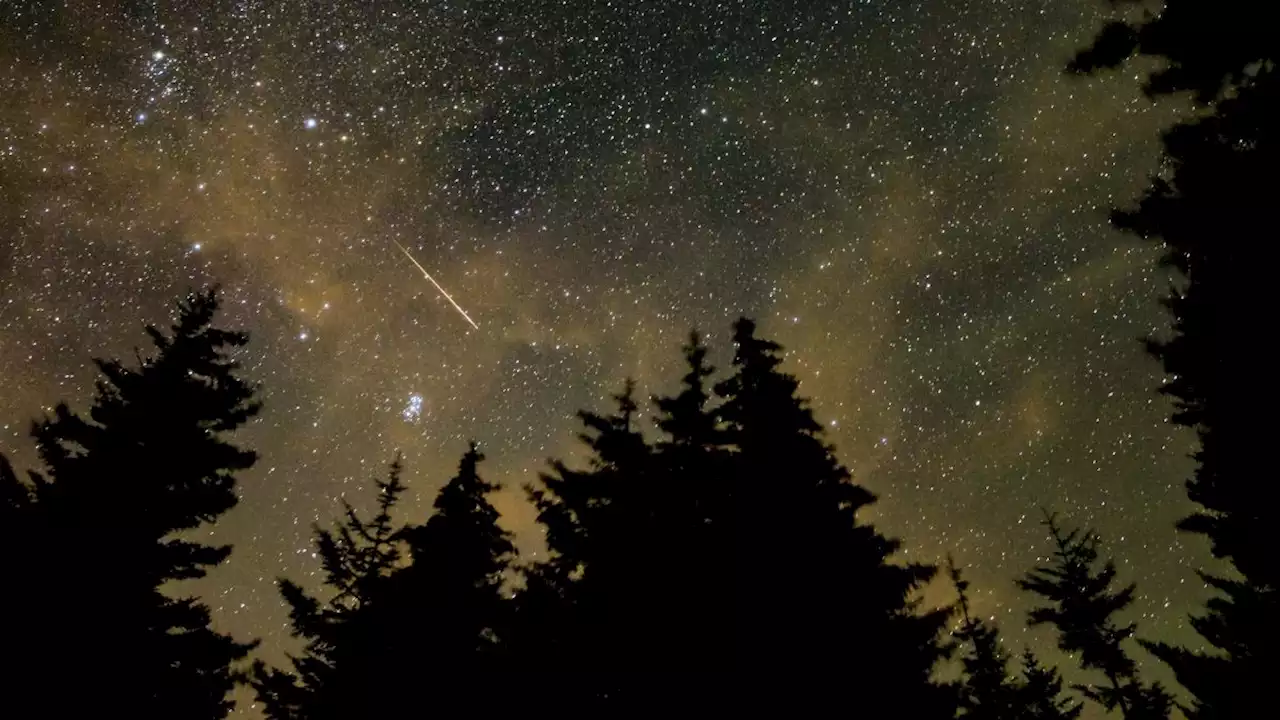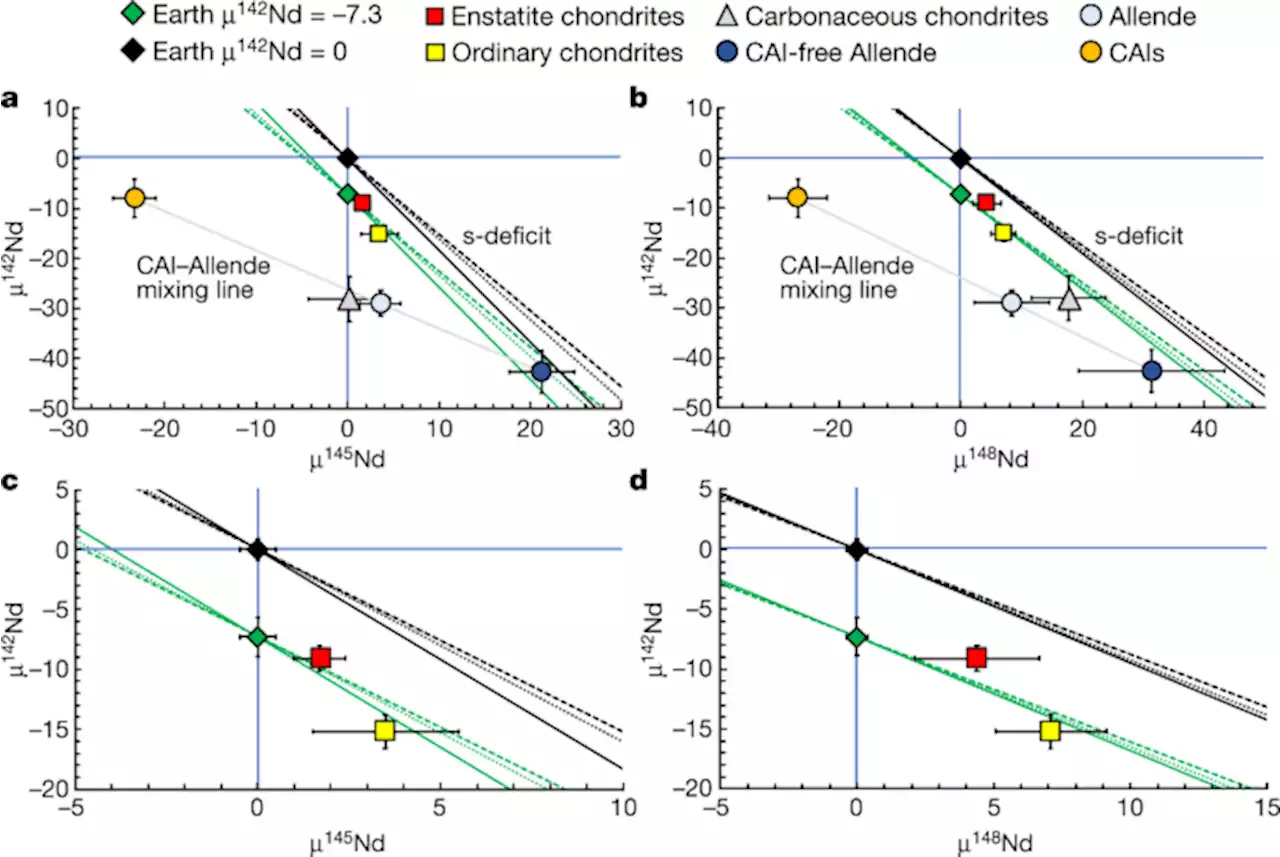A 6-mile (10-kilometer) asteroid hit Earth 66 million years ago, triggering the extinction of the dinosaurs. According to new evidence, the Chicxulub impact also triggered an earthquake that was so massive it shook the planet for weeks to months after the collision. This 'mega-earthquake' released a
New evidence suggests that the Chicxulub asteroid impact triggered an earthquake so monstrous that it shook the planet for weeks to months after the collision.
Evidence of this “mega-earthquake” will be presented at the upcoming GSA Connects meeting in Denver this Sunday, October 9, by Hermann Bermúdez, a PhD student in the Environmental Science and Management program at Montclair State University. Earlier this year, with support from a GSA Graduate Student Research Grant, Bermúdez visited outcrops of the infamous-Paleogene mass extinction event boundary in Texas, Alabama, and Mississippi to collect data.
While doing fieldwork on Colombia’s Gorgonilla Island in 2014, Bermúdez found spherule deposits. These are layers of sediment filled with small glass beads and shards known as ‘tektites’ and ‘microtektites’ that were ejected into the atmosphere during an asteroid impact.
The rocks exposed on the coast of Gorgonilla Island tell a story from the bottom of the ocean—roughly 1.2 miles down. There, about 2,000 miles southwest from the site of the impact, sand, mud, and small ocean creatures were accumulating on the ocean floor when the asteroid hit. Layers of mud and sandstone as far as 35-50 feet below the sea floor experienced soft-sediment deformation that is preserved in the outcrops today, which Bermúdez attributes to the shaking from the impact.
United States Latest News, United States Headlines
Similar News:You can also read news stories similar to this one that we have collected from other news sources.
 Driving the Future of Rare Earth Mining in AustraliaThe Nolans Project in the northern Territory is Driving the Future of rare earth mining and refining in Australia.
Driving the Future of Rare Earth Mining in AustraliaThe Nolans Project in the northern Territory is Driving the Future of rare earth mining and refining in Australia.
Read more »
 Mars Rock Samples Probably Won't Infect Earth With Deadly Martian Plague, Scientist SaysIf you're worried about NASA's plan to bring Mars rocks back to Earth to study them, you probably don't need to be, scientists say.
Mars Rock Samples Probably Won't Infect Earth With Deadly Martian Plague, Scientist SaysIf you're worried about NASA's plan to bring Mars rocks back to Earth to study them, you probably don't need to be, scientists say.
Read more »
 Dinosaurs were doomed even before asteroid hit Earth: studyScientists have found why dinosaurs were on the decline before their extinction.
Dinosaurs were doomed even before asteroid hit Earth: studyScientists have found why dinosaurs were on the decline before their extinction.
Read more »
 Brutal Video Simulates When Earth Hit Another Planet Many Years AgoWith the help of state-of-the-art supercomputers, we're getting a whole lot closer to unraveling the mystery behind the formation of the Moon.
Brutal Video Simulates When Earth Hit Another Planet Many Years AgoWith the help of state-of-the-art supercomputers, we're getting a whole lot closer to unraveling the mystery behind the formation of the Moon.
Read more »
 Watch the Draconid meteor shower rain fire over Earth on Oct. 8 and 9Who will win the cosmic clash of hunter (moon) vs. dragon (meteor)?
Watch the Draconid meteor shower rain fire over Earth on Oct. 8 and 9Who will win the cosmic clash of hunter (moon) vs. dragon (meteor)?
Read more »
 Nd isotope variation between the Earth–Moon system and enstatite chondrites - NatureIsotopic analysis reveals that the samarium/neodymium ratio of the Earth–Moon system is higher than that of chondrites, and that the neodymium composition of Earth is similar to that of enstatite chondrites.
Nd isotope variation between the Earth–Moon system and enstatite chondrites - NatureIsotopic analysis reveals that the samarium/neodymium ratio of the Earth–Moon system is higher than that of chondrites, and that the neodymium composition of Earth is similar to that of enstatite chondrites.
Read more »
